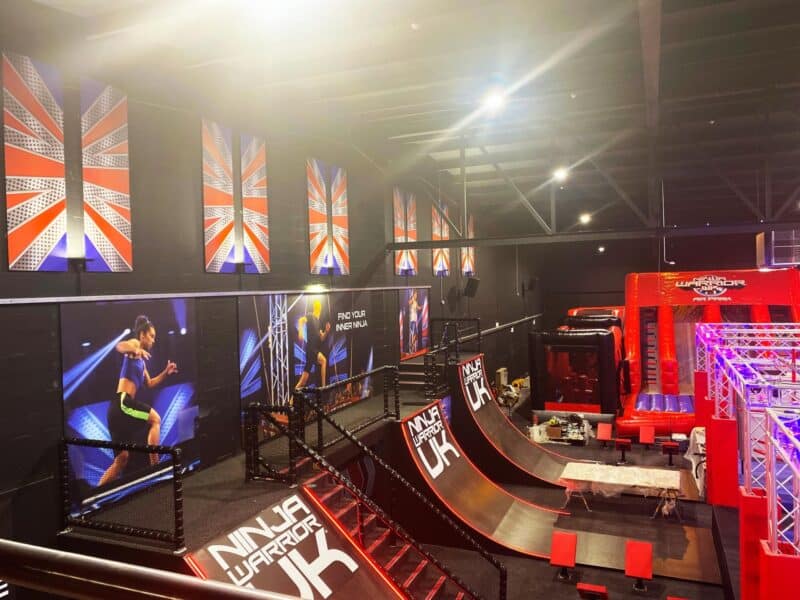
Playsourcehome – Designing a fun and challenging play space like indoor ninja warrior at home can keep kids active, engaged, and entertained. With a little creativity and planning, you can transform any indoor area into an exciting adventure course. This kind of setup encourages physical activity and builds confidence, balance, and problem-solving skills. In addition, it also provides a unique way for kids to burn off energy while having fun indoors.
An indoor ninja warrior course begins with choosing the right space. Measure the area carefully and make note of ceiling height, wall strength, and available floor space. Always consider safety and leave enough room for kids to move freely without obstacles that could cause injury. A well-planned space sets the foundation for a successful course.
Ninja warrior courses inspire kids by combining athletic challenges and imaginative play. Start by introducing the concept of a ninja warrior so kids understand the goals and spirit of the course. Explain how each obstacle helps build strength, agility, and confidence. Use this opportunity to get their input and make them feel involved in the process. When kids feel ownership of the course, they are more likely to use it enthusiastically.
“Read About: Fun Outdoor Play Adventures That Bring Creativity in Kids”
Use soft, non-slip mats to protect the floor and minimize impact from falls. Incorporate foam blocks, padded grips, and sturdy ropes that can handle weight safely. Avoid sharp edges or breakable materials. You can even repurpose household items, such as pillows for landing pads or hula hoops for agility rings. The right materials ensure a safer environment while keeping costs manageable.
Plan a mix of obstacles that test different skills. Balance beams, climbing ropes, and stepping stones challenge balance and coordination. Hanging rings or monkey bars build upper body strength. For agility, set up cones, hoops, or even taped pathways to run through. Variety keeps the course engaging and allows kids to try new things each time.
Design the course so it can evolve as kids grow and improve their skills. Use modular pieces that can be moved or replaced easily. Adjustable heights and difficulty levels keep the experience fresh and prevent boredom. This flexibility also means the course can be used by kids of different ages or skill levels at the same time.
Adding a theme can make the experience even more immersive. Whether it’s a jungle adventure, superhero training, or space mission, a theme encourages imaginative play alongside physical challenges. Use decorations, props, and sound effects to enhance the atmosphere. Kids often stay engaged longer when their imagination is involved.
Before kids use the course, establish clear safety guidelines. Show them how to complete each obstacle properly and explain the importance of taking turns. Encourage wearing comfortable clothing and keeping the area tidy to avoid accidents. Reviewing the rules regularly helps reinforce good habits and reduces the risk of injury.
Introduce a competitive element by timing how long it takes to complete the course. You can also create a points system based on how well each obstacle is performed. This approach motivates kids to improve and adds excitement to each session. Keep the focus on fun and personal progress rather than strict competition.
If more than one child is using the course, include activities that require cooperation. Relay races or partner challenges foster teamwork and communication skills. These games help build friendships and teach kids how to support one another through difficult tasks. A sense of camaraderie adds to the enjoyment.
Regularly inspect all equipment to make sure everything stays in good condition. Replace worn-out materials and clean surfaces to keep the space inviting. You can also change the layout periodically to keep things interesting. A well-maintained course encourages kids to keep coming back for more fun and exercise.